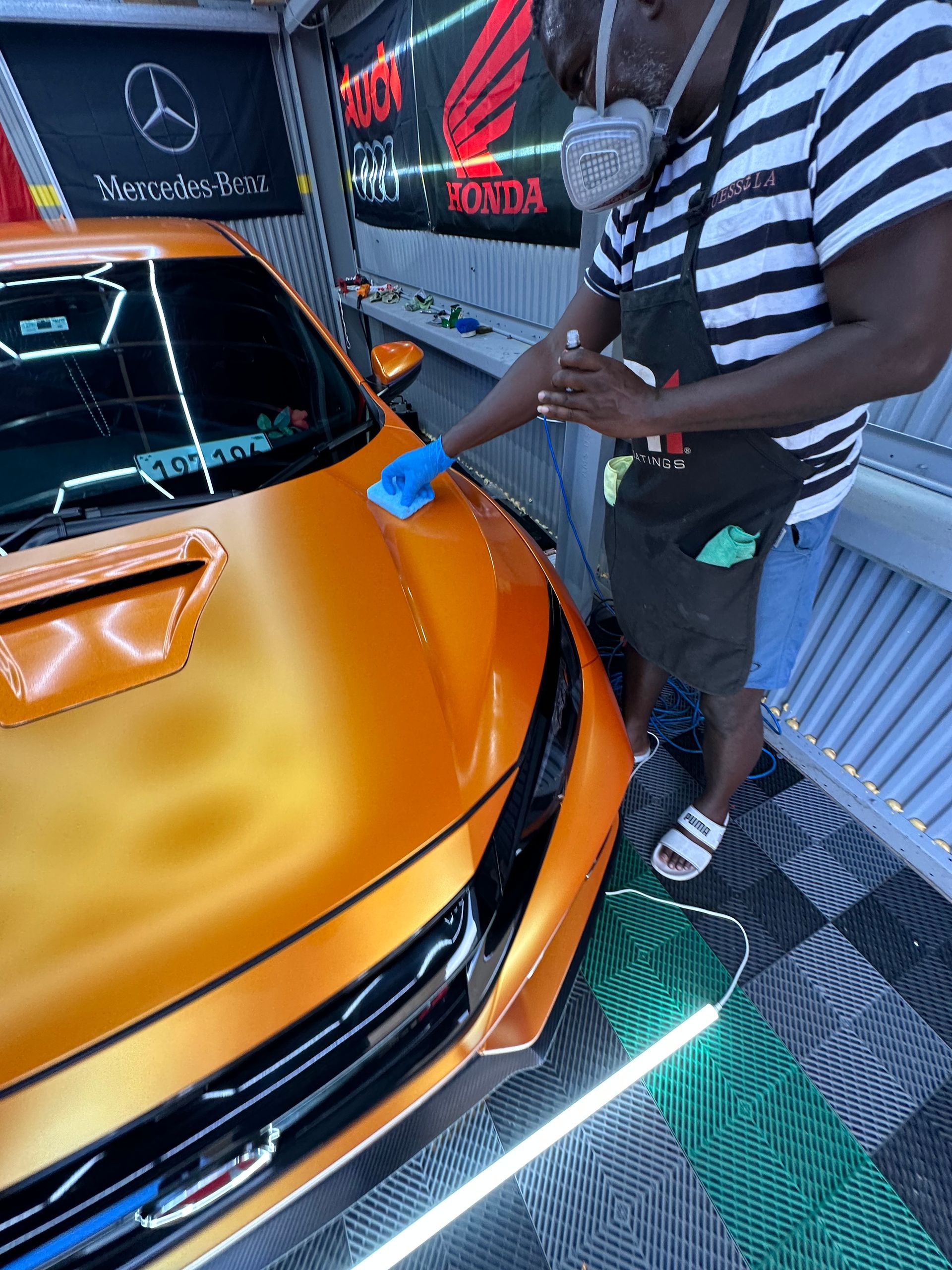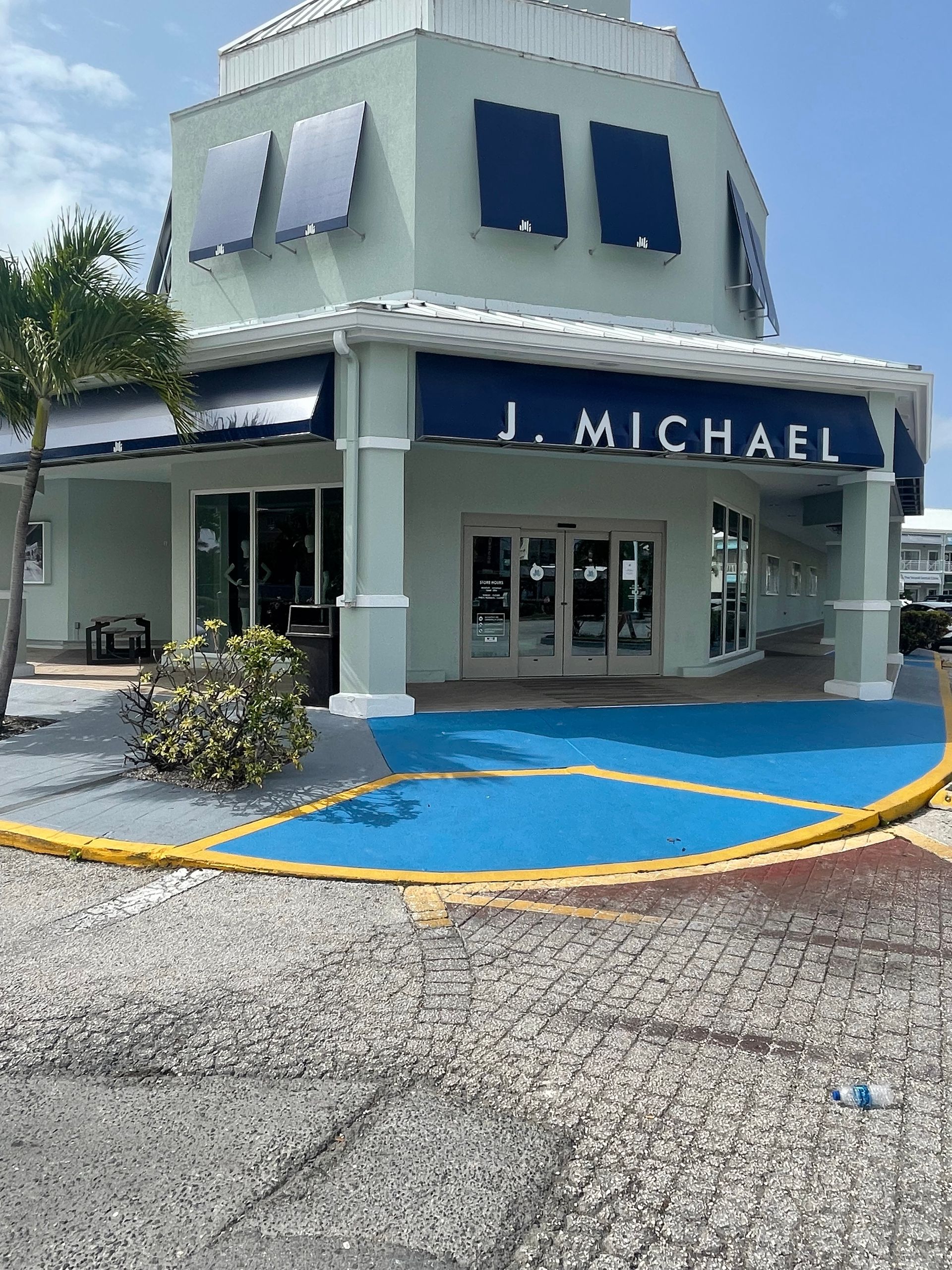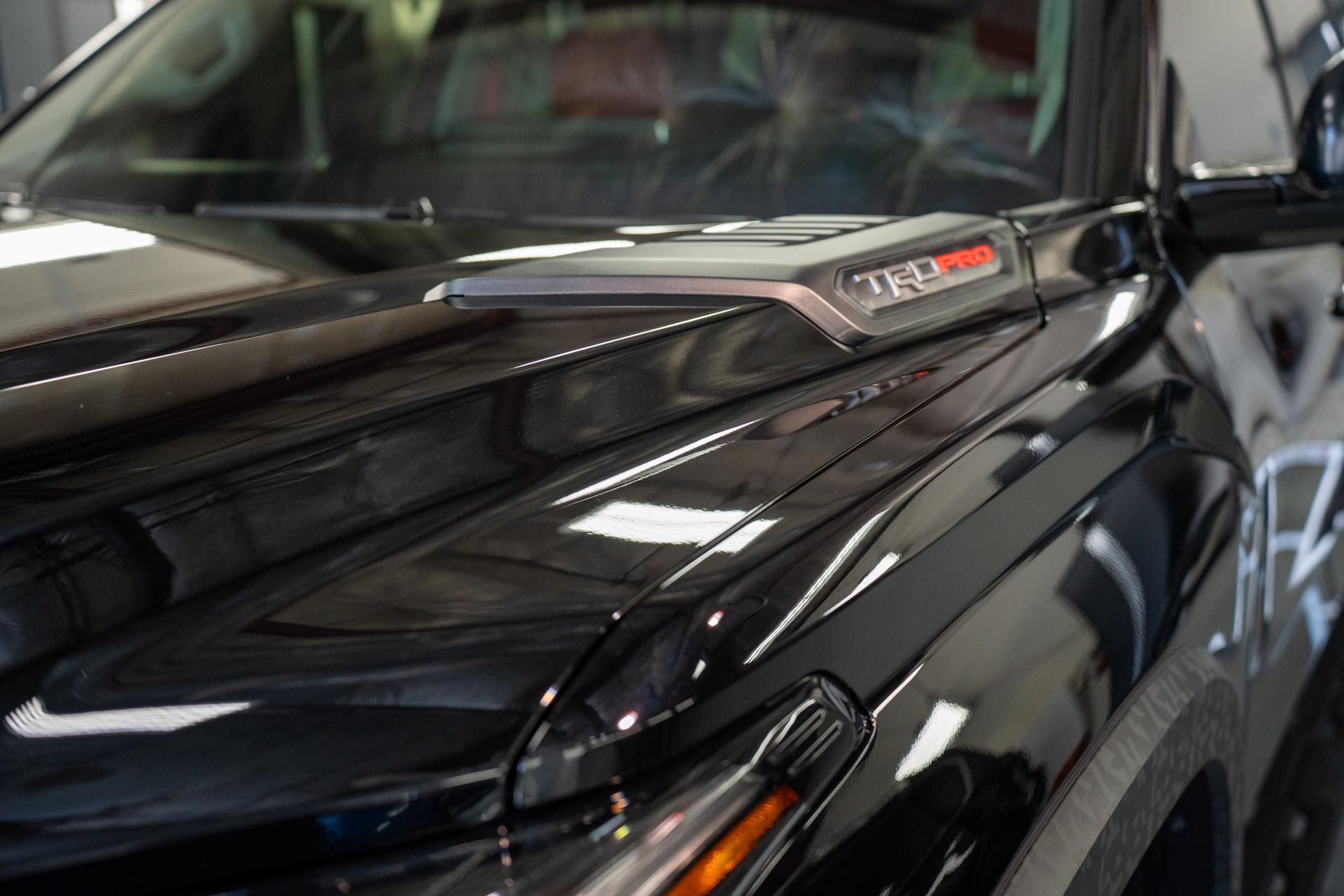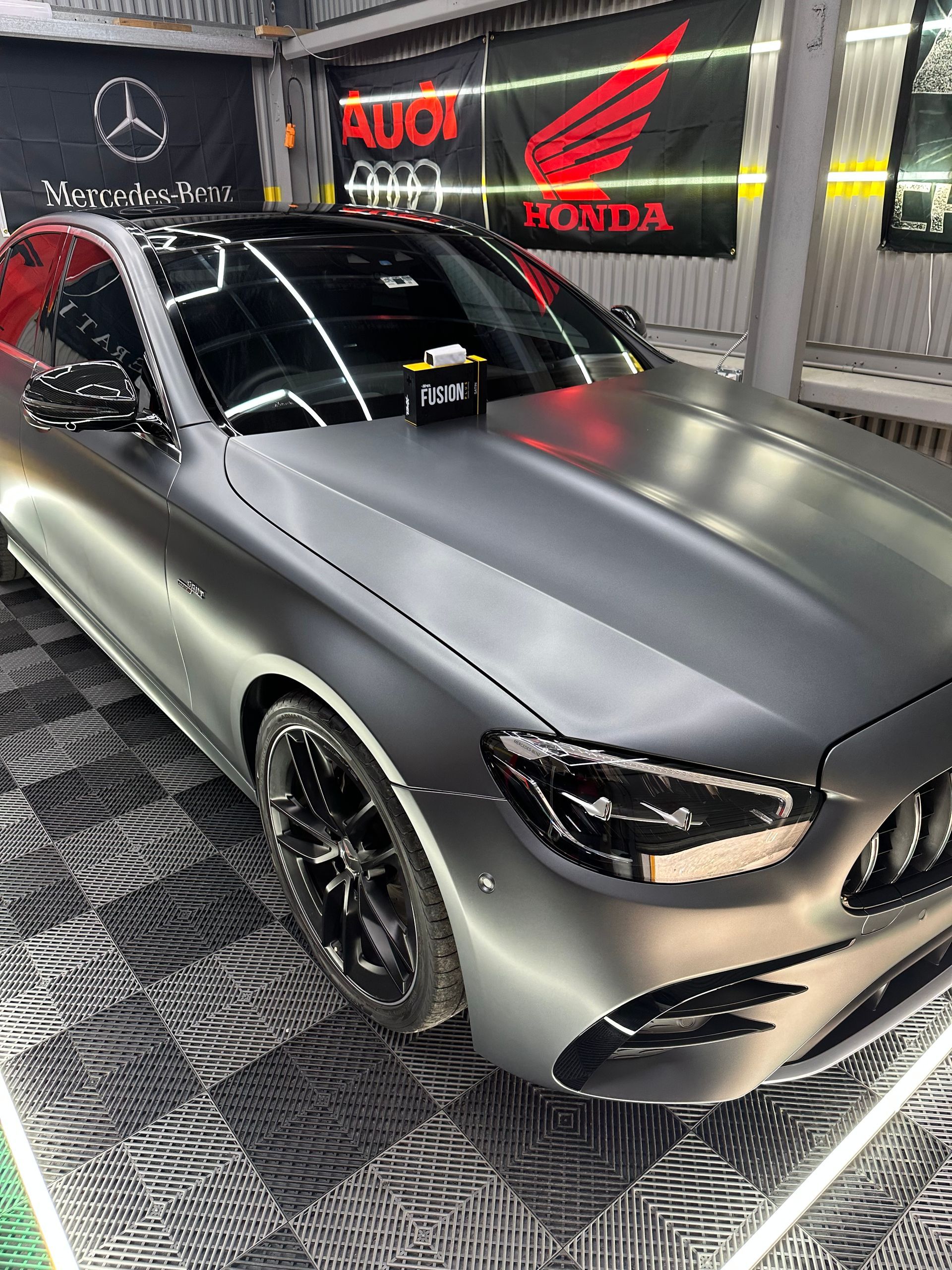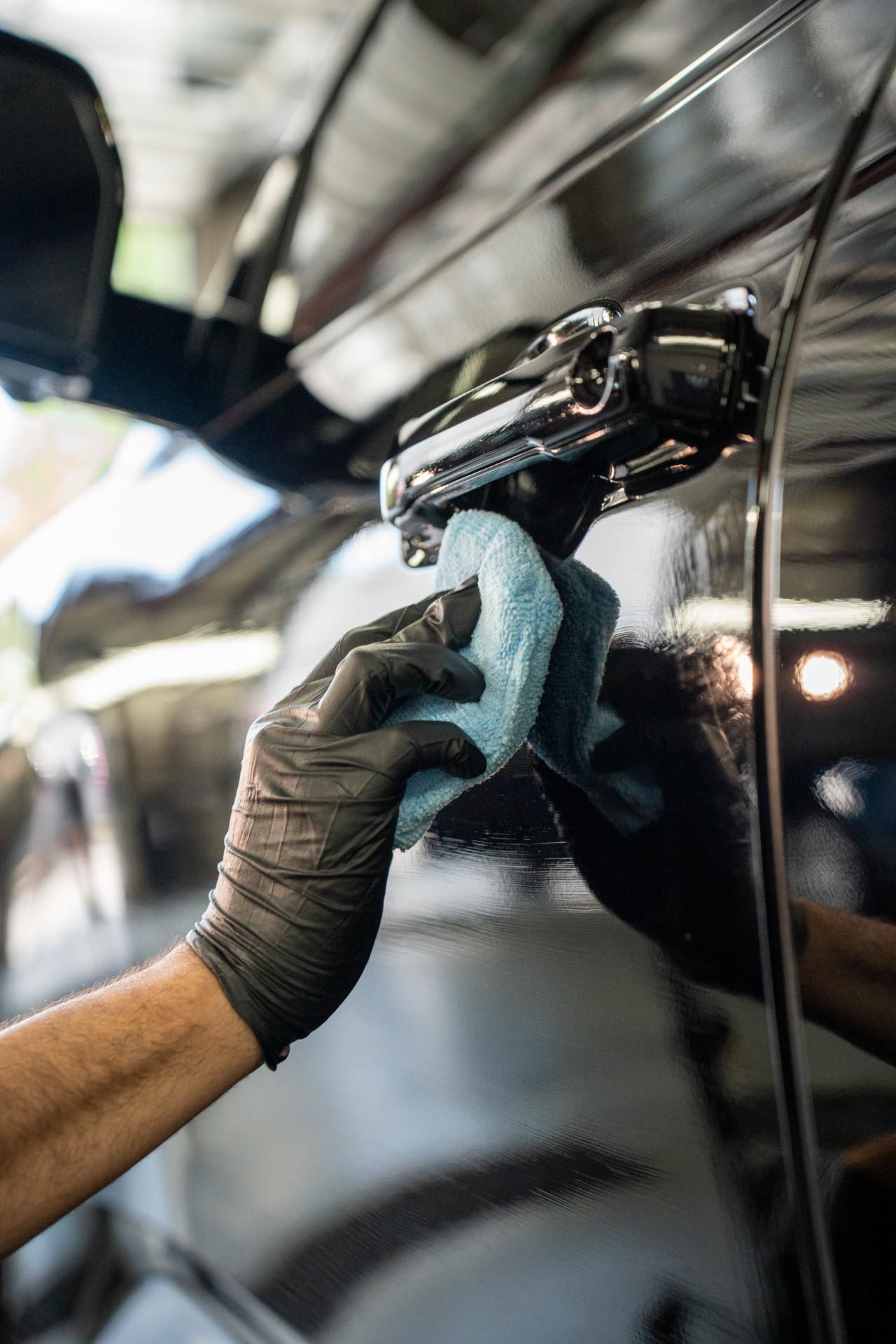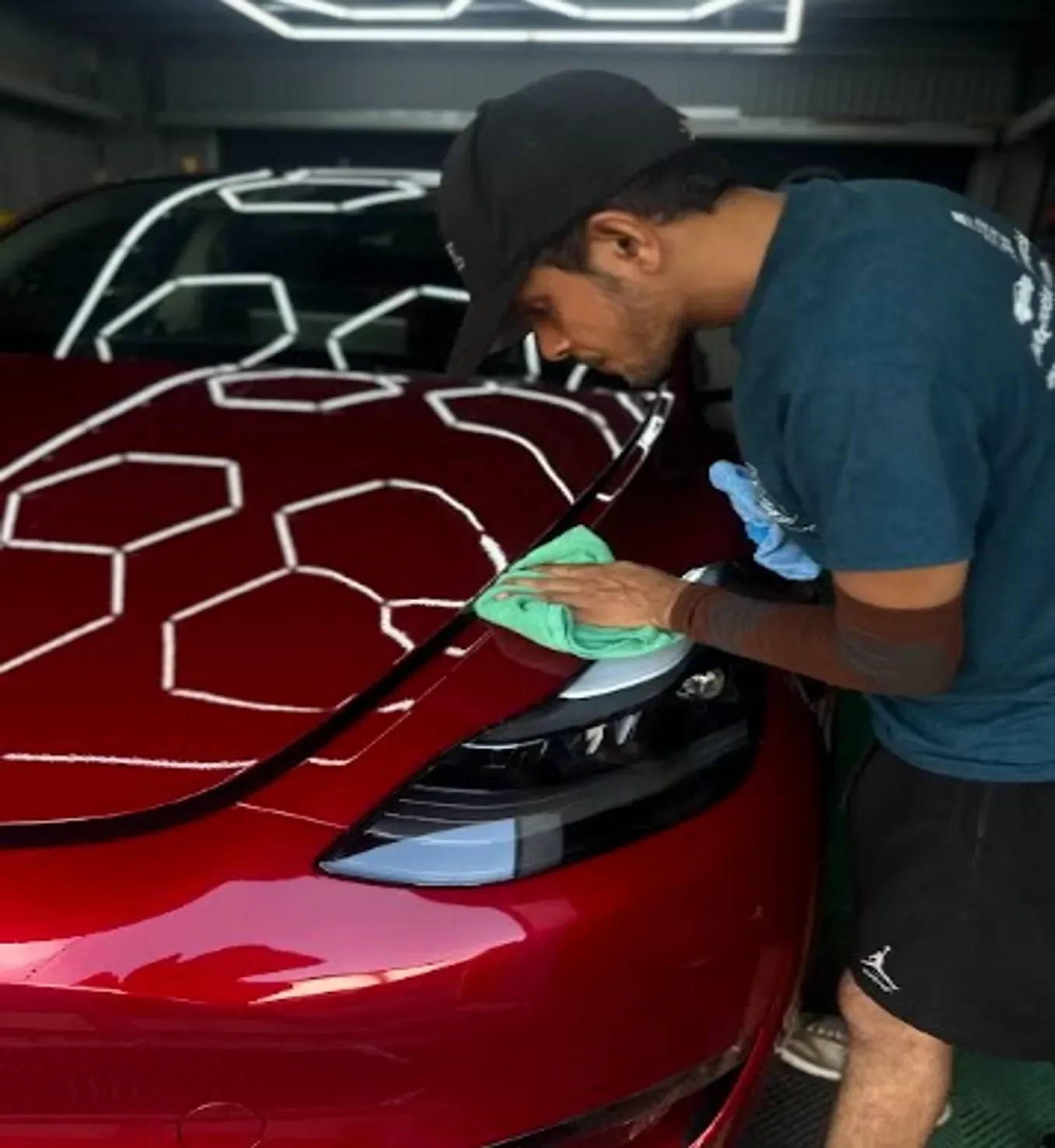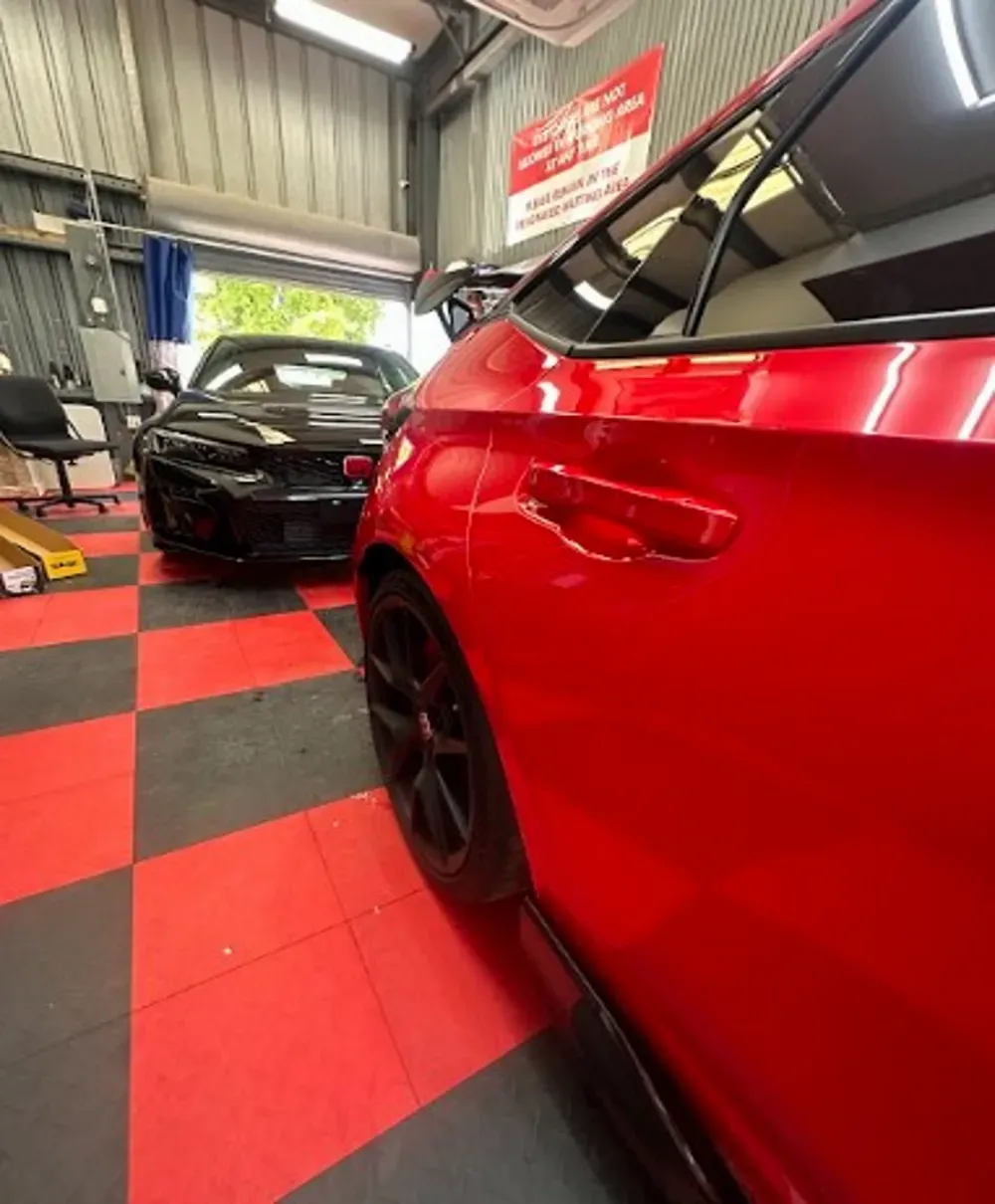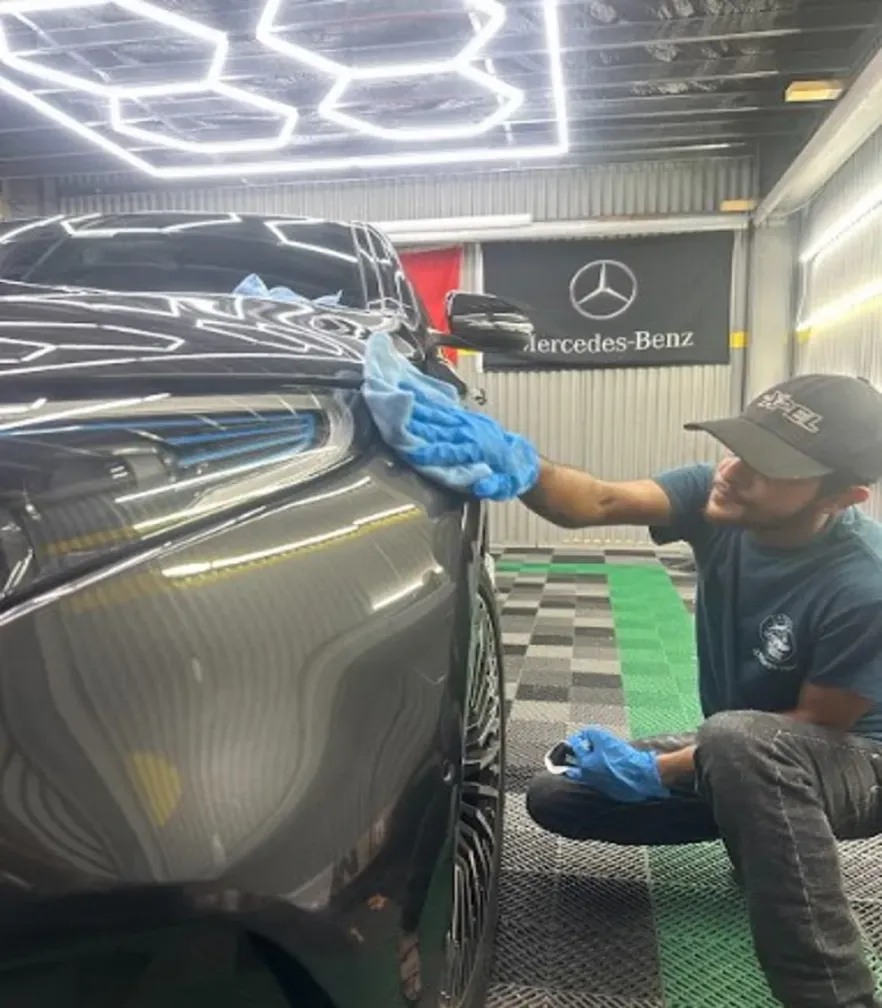When it comes to protecting your vehicle's paint, many car owners are torn between the classic approach of waxing and the modern marvel of ceramic coatings. With all the buzz around ceramic coatings that promise unbeatable protection and a glass-like shine, you might be wondering if there's still a place for good old-fashioned wax in your car care routine. Given the excitement surrounding ceramic coatings, which offer unparalleled protection and a lustrous shine, you may be wondering if traditional wax still holds a place in your car care regimen. Can you really layer wax on top of a ceramic coating? And is it worth it? In this article, we'll unravel the truth about ceramic coatings and their relationship with wax, offering you essential tips to help maintain your vehicle’s stunning finish while ensuring it stays protected against the elements.
While it is technically possible to wax over a ceramic coating, doing so may not provide the same level of protection or durability that the ceramic coating offers. Instead, it's recommended to use a specialized SiO₂ boost spray designed for ceramic coatings, which can enhance their hydrophobic properties without diminishing their protective benefits.
What Are Ceramic Coatings?
Ceramic coatings are more than just a surface treatment; they're a revolutionary advancement in automotive detailing. When applied, these liquid polymers create a strong chemical bond with your vehicle's paint, transforming its outer layer into something impressively durable and resilient. Unlike traditional waxes that sit on top of the surface and easily wear away, ceramic coatings penetrate the paint, ensuring this protective shield remains intact long after application.
One of the standout features of ceramic coatings is their utilization of nanotechnology. This technology allows the coating to fill microscopic imperfections in your vehicle's paint, resulting in a smooth, glossy finish that looks beautiful and enhances the paint's durability. The protective layer formed by ceramic coatings exhibits remarkable resistance to water, dirt, and, most importantly, harmful UV rays that can cause fading and oxidation over time.
However, it's not just about aesthetics; the protective attributes extend far beyond mere appearances. These coatings effectively repel contaminants such as road grime, bird droppings, tree sap, and other environmental elements that can damage your car's finish. The hydrophobic nature of ceramic coatings allows water to bead up and roll off the surface instead of pooling and causing corrosion. This feature greatly simplifies cleaning, making maintenance easier. As a result, once applied, your vehicle's paintwork will have exquisite depth and clarity.
With these benefits in mind, it's easy to see why many car enthusiasts opt for ceramic coatings over traditional waxing methods—and why proper care should be considered essential for maintaining such advanced protection.
Benefits of Ceramic Coatings
One of the standout features of ceramic coatings is their durability. Unlike traditional wax, which may only last a few months with proper care, ceramic coatings can endure for several years. Such longevity means less frequent applications, saving both time and money in the long run.
However, durability is just one aspect of its advantages. The hydrophobic properties of ceramic coatings are another game changer. Once applied, these coatings create a water-repellent surface that actively repels liquids, making it incredibly easy to wash off dirt and grime. Water beads up and rolls off, effectively taking pollen, mud, and other contaminants with it. This keeps your vehicle looking cleaner for longer while minimizing the effort required during washing. It’s like having an invisible shield that prevents those annoying water spots from forming after a rainstorm.
In addition to ease of maintenance, there's another essential benefit to consider: protection against UV rays. Ceramic coatings offer superior UV protection, which is crucial in preventing oxidation and fading over time. Think about how harsh sunlight can dull paintwork; ceramic coatings act as a barrier against such damage. The protection is especially important in sunny climates where prolonged exposure can lead to costly repainting jobs down the line. By wrapping your car in this protective layer, you preserve its beauty and value.
As if that weren't enough, ceramic coatings also excel in their ability to guard against various contaminants. Their chemical resistance is remarkable. Bird droppings, tree sap, tar, and even acidic pollutants that commonly threaten paint jobs are all mitigated by ceramic coatings. If you've ever needed to scrub excessively to remove tough spots from your car's surface, you know it can be a hassle—not to mention risky for your vehicle's finish. A solid ceramic coating allows for fewer worries about such accidents since it forms a barrier that neutralizes these damaging elements.
Lastly, let’s not forget about aesthetics when discussing the advantages of ceramic coatings. These coatings provide an enhanced appearance, delivering a high-gloss finish that elevates the look of any vehicle. Picture your car gleaming under the sunlight with a sleek shine that rivals showroom standards! Not only does this beautiful veneer improve aesthetic appeal, but it can increase attraction to potential buyers should you decide to sell or trade-in later.
Waxing Over Ceramic Coatings: Can It Be Done?
While you can, our professional opinion at Cayman Window Tinting is that you probably don’t need to—especially here in the Cayman Islands, where intense sun, salt air, and humidity already make vehicle maintenance a challenge.
Here’s why:
- Ceramic coatings already outperform wax in durability, protection, and ease of maintenance.
- Adding wax doesn’t extend the life of your coating—it only masks the surface temporarily.
- Some waxes may actually interfere with the hydrophobic properties of your coating, making water beads less effective until the wax wears off.
Instead of wax, we recommend using a ceramic-friendly booster spray or top-up sealant. These products are specifically designed to bond with ceramic coatings and help extend their performance. They add gloss, improve slickness, and maintain that water-repelling effect without altering the surface chemistry.
Wax Compatibility with Ceramic Coatings
The discussion surrounding wax and ceramic coatings is often muddled by varying opinions. While traditional carnauba wax and some synthetic sealants can adhere to the glossy ceramic layer, their compatibility may not be ideal for long-term maintenance. When you apply a layer of wax over a ceramic coating, you're essentially placing a barrier that might seem advantageous but inhibits some key features offered by the ceramic itself—most importantly, its hydrophobic properties.
To break it down simply: when you put wax on top of a ceramic coating, it creates a film that sits above the protective nanocoating. This film can make it difficult for the ceramic coating to repel water and contaminants effectively. As a result, the durability of your ceramic coating may diminish over time since it won’t have the same ability to repel dirt and grime as it would without the wax barrier.
Pros and Cons of Waxing on Ceramic-Coated Cars
Let's dive right into the benefits of adding wax on top of your ceramic-coated car. One significant advantage is the enhanced gloss that wax provides. Even if your ceramic coating already gives off a high shine, a good layer of wax can amplify that brilliance, making it look almost like glass. It’s this extra appeal that sometimes has car enthusiasts running to apply wax after installing a ceramic coating—who doesn’t want their vehicle to dazzle in the sunlight?
However, there are downsides to consider when choosing to wax over ceramic.
On the flip side, one major downside is that waxing can reduce the hydrophobic effect inherent to ceramic coatings. Ceramic layers are designed to repel water and dirt, which helps maintain their appearance longer. When you add wax, it can create a barrier that obscures these protective qualities. This means you're potentially losing out on the very reasons why you invested in a ceramic coating in the first place.
Another important consideration is limited longevity; unlike ceramic coatings that can last years with proper care, wax typically wears away much more quickly. Depending on conditions like sun exposure and weather, you might find yourself needing to reapply every three to four weeks to uphold its polished look.
Considering these nuances helps streamline your approach to maintaining that showroom shine while taking care of your vehicle effectively. As we uncover more insights about car detailing techniques next, let's explore practical advice from seasoned experts in the field.
Final Thoughts
So—can you wax over the ceramic coating? Yes. But in most cases, there’s no real benefit.
Ceramic coating is designed to simplify your car care routine, not add more steps. If you want to refresh the finish, use products made to complement the coating—not mask it. And if you're ever unsure, just ask the pros.
At Cayman Window Tinting, we use premium-grade ceramic coatings built for the island climate—strong, long-lasting, and low-maintenance. Whether you’re new to coatings or curious about aftercare, we’re here to help keep your vehicle looking sharp year-round.
For more personalized advice or services, reach out to us at Cayman Window Tinting or call us at (345) 939-7343.
Cayman Window Tinting
Taking Your Vehicle to the Next Level
Headquartered in Georgetown, Cayman Islands and founded in 2017, Cayman Window Tinting is the leading window tint installers and vehicle paint enhancement and protection experts in our unique area of the world! In addition to enhancing the aesthetic appearance and functional protection of all vehicle makes and models, we also offer UV-resistant window tinting to boats, all vehicles, homes, and commercial buildings alike. Each of our window tinting applications available at Cayman Window Tinting are specifically tailored to each customer’s requirements for unrivaled interior protection, no matter if it is a vehicle or property.
QUICK LINKS
OUR LOCATION
Sparky's Dr, 23 Lancaster Crescent Grand Cayman KY1, 1009, Cayman Islands
CONNECT WITH US
PHONE: (345) 939-7343
Cayman Window Tinting was designed by the team at Detailers Roadmap, a platform developed for detailing operators across the globe.
All Rights Reserved | 8bitcreative, LLC | Cayman Window Tinting


